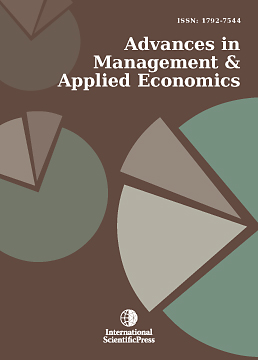Advances in Management and Applied Economics
Can Digital Financial Inclusion Affect Green Development? An Empirical Analysis Based on China's Provinces
-
 [ Download ]
[ Download ]
- Times downloaded: 8647
Abstract
In the information age, how to release the positive effect of finance on green economy is a question that needs to be answered in the modern society. Using the panel data of 30 provinces in China from 2011 to 2020 as the research sample, we evaluate the impact of digital financial inclusion on green development by calculating green total factor productivity. The results show that: Digital financial inclusion can promote regional green development significantly. This finding still remains valid after robustness tests. Moreover, the contribution of digital financial inclusion to green development is mainly reflected in technological advancement. While the positive impact of each dimension of digital financial inclusion on green development is also different, showing a decreasing trend in terms of coverage breadth, usage depth and digitalization. In further analysis, from the perspective of industrial structure optimization and scientific and technological innovation, we find that digital financial inclusion can improve the green development by increasing the rationalization and advancement of industrial structure as well as driving technological innovation. Using the panel threshold model, we find that there are double thresholds for industrial structure rationalization as well as three thresholds for technology innovation, digital financial inclusion displays a non-linear impact on green development.
JEL classification numbers: G20, O31.
Keywords: Digital financial inclusion, Green development, Green total factor productivity, Industrial structure, Technological innovation.
